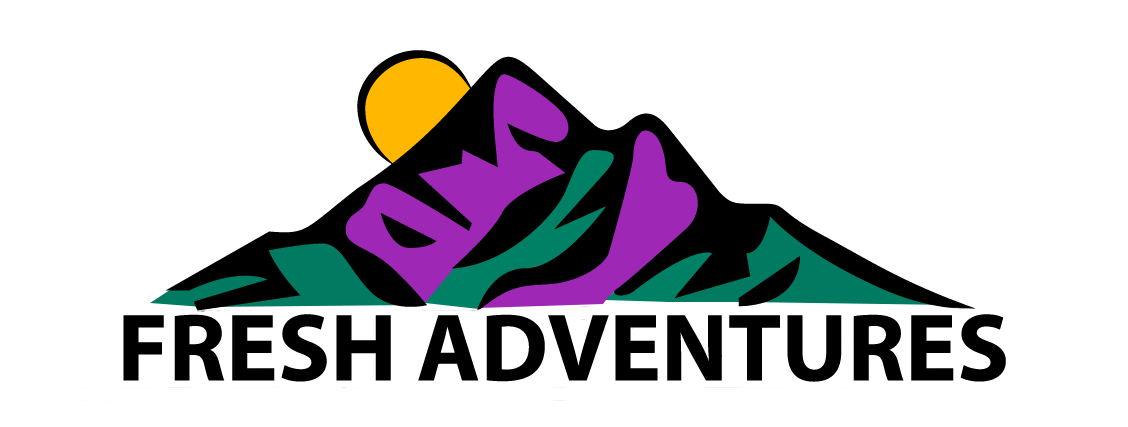Check out our guide on the best things to do on Vancouver Island! This article has everything you need to plan your trip to the Island and find out all the best activities and things to do on Vancouver Island in the summer.
Check out our guide to the best tours and guided activities on Vancouver Island for adventure travelers. Discover the best day tours and multiday tour packages on Vancouver Island, including Victoria, Tofino and Campbell River areas.

Check out our guide on the best things to do on Vancouver Island! This article has everything you need to plan your trip to the Island and find out all the best activities and things to do on Vancouver Island in the summer.

Here are the must see places on Vancouver Island! Use this guide to learn about the best places to visit on Vancouver Island during your trip. We’ve gathered the best destinations, attractions and most beautiful places on Vancouver Island to visit. Let’s go!

These are the best guided hiking tours and walking vacations in the USA. We have rounded up the top rated and best deals on guided hiking trips for beginner to advanced hikers. These are the perfect USA hiking packages for anyone looking for a quality vacation, whether traveling solo or with a group.

How to travel Alaska and get the best experience while visiting Alaska. This is an insider’s travel guide to Alaska with tips on how to visit Alaska. We cover the best ways to visit by land, cruise and more, as well as how to plan the perfect one week or two week trip to Alaska.

Phone: (778) 871-2539
Email: info@freshadventures.com


